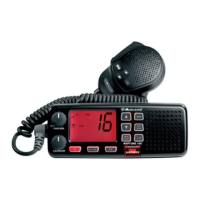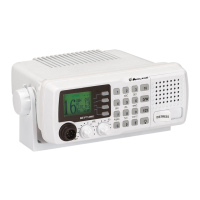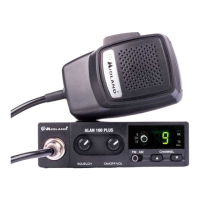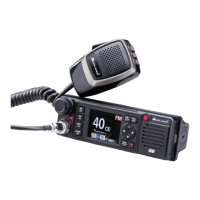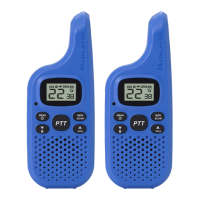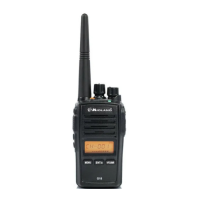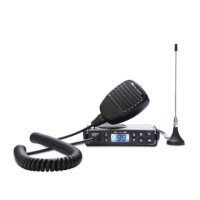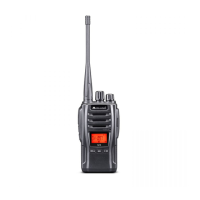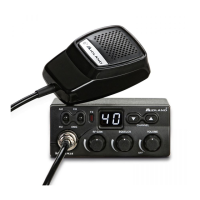Produced or imported by:
CTE INTERNATIONAL srl
Via. R.Sevardi 7 - 42010 Mancasale Reggio Emilia - Italy
Imported by:
ALAN UK
Unit 2, Callenders, Paddington Drive, Churchward Park,
Swindon, Wiltshire, SN5 7YW - United Kingdom
This radio can only be used with a valid ship’s radio
station licence, issued by the national authorities in
the home country of the ship. Read the instructions
carefully before installation and use.
” INSTRUCTION GUIDE
Midland
|
Mari ne R adio Lin ewww.midlandradio.eu
|
Neptune 100
